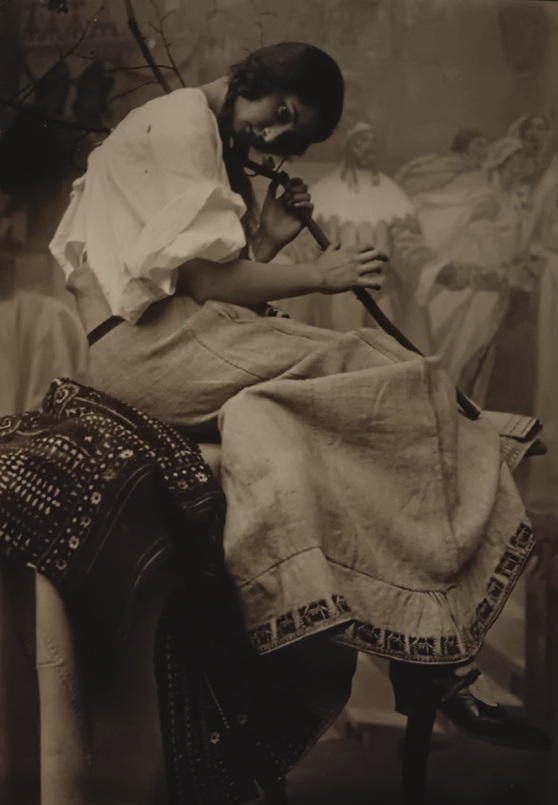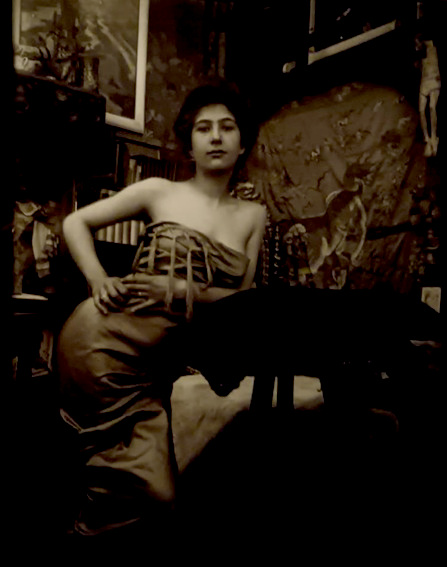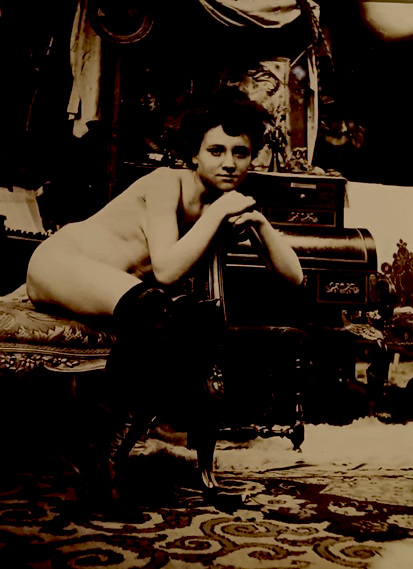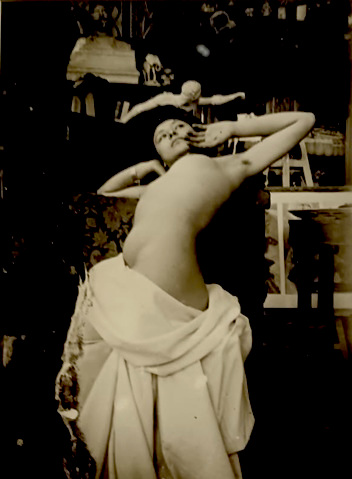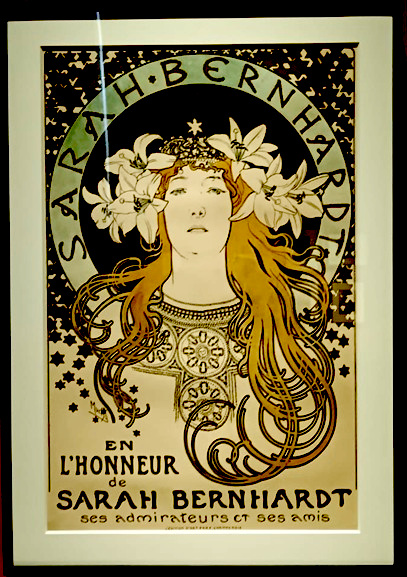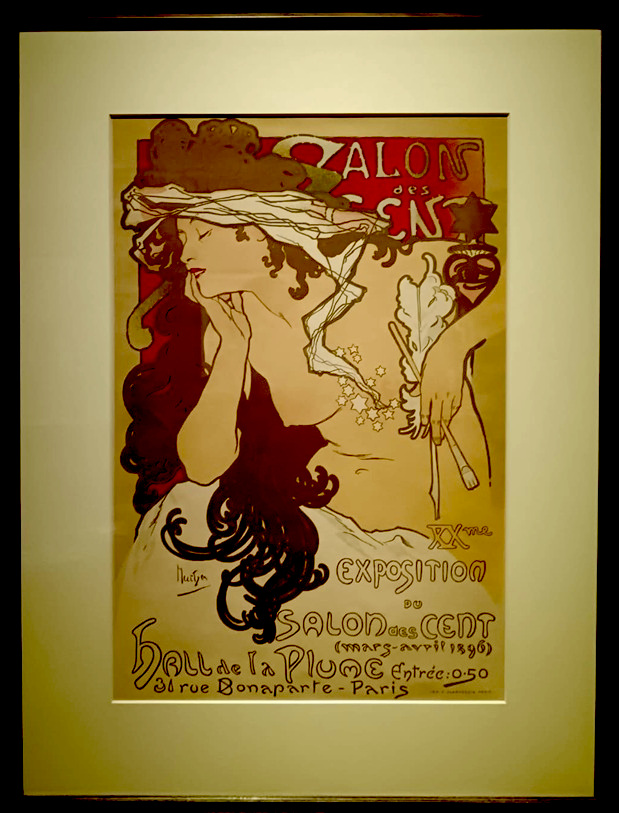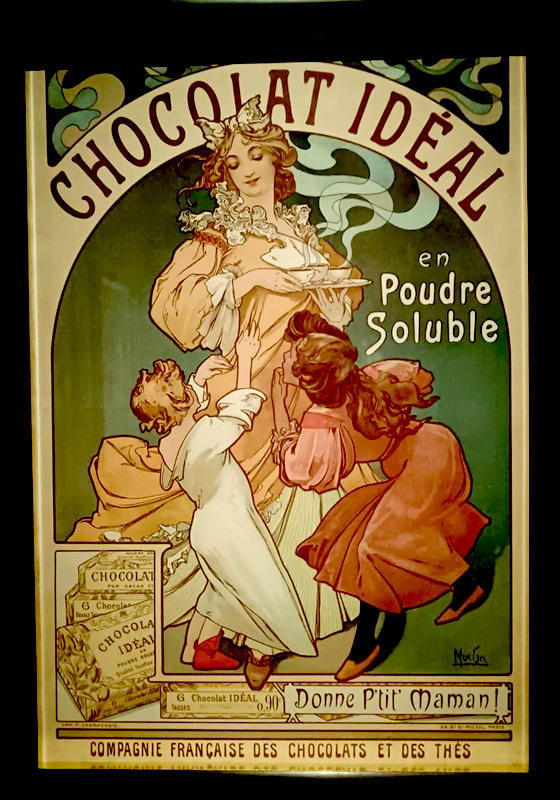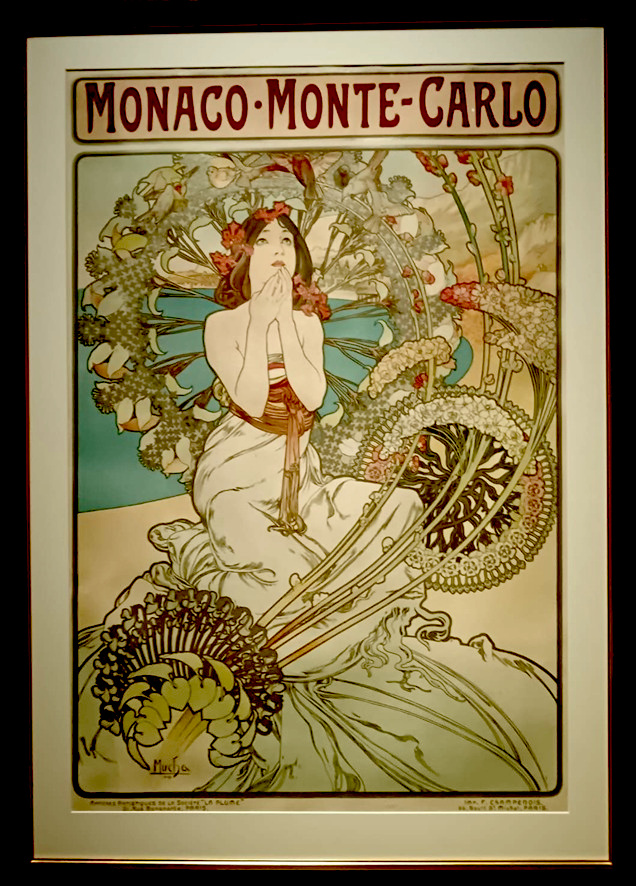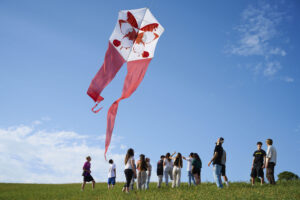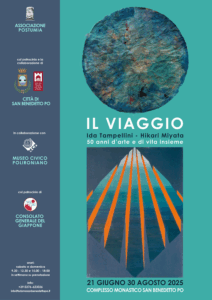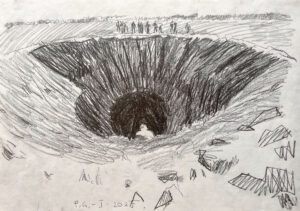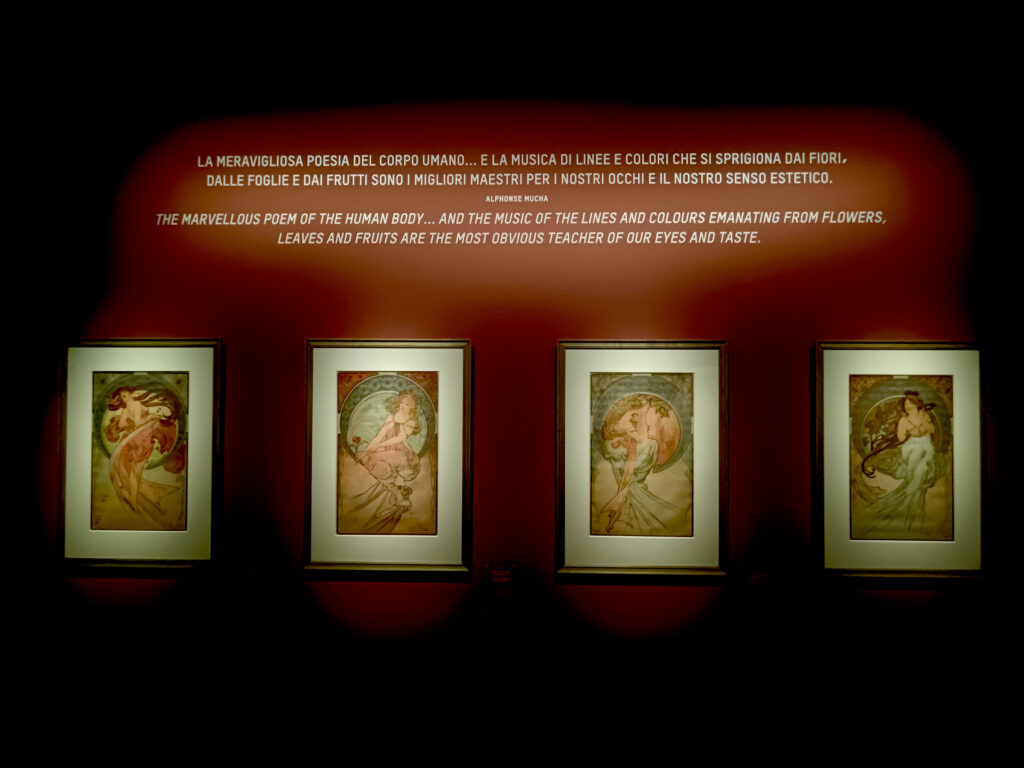
The monographic exhibition dedicated to Alphonse Mucha at Palazzo dei Diamanti in Ferrara (running until July 20) is enjoying extraordinary success. Featuring immersive installations, archival footage, and 150 original works, it offers a true journey into the universe of the father of Art Nouveau.
There’s a particular energy in the Rossetti Wing of Palazzo dei Diamanti. Visitors wander through the works with the kind of awe reserved for unexpected discoveries. This is not just another retrospective: the Alphonse Mucha exhibition is a revelation, unveiling the Czech artist far beyond the iconic Parisian posters we all recognize.
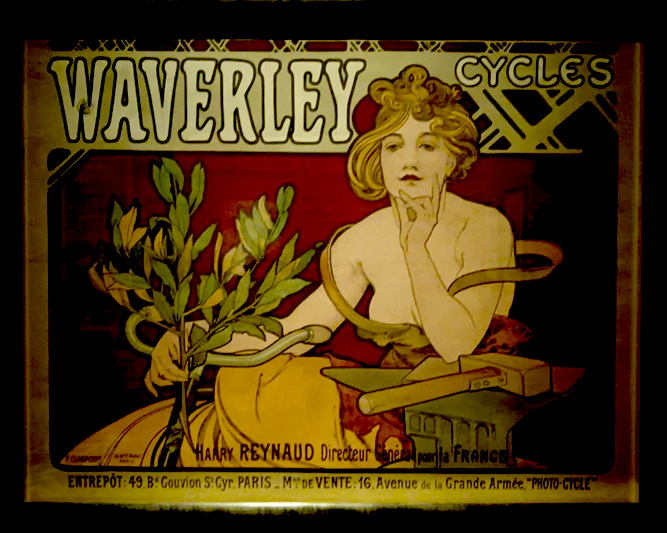 The Triumph of the Belle Époque
The Triumph of the Belle Époque
Curated by Tomoko Sato, the exhibition opens with Mucha’s Parisian period, the phase that turned him into a legend. His famous Four Seasons dominate an emerald green wall, while the posters for Sarah Bernhardt recount the encounter that forever changed the history of decorative art. Seeing La Dame aux Camélias and Médée in person is like witnessing the birth of the unmistakable “Mucha style,” a style that transformed the streets of Paris into an open-air art gallery.
The color scheme is no accident: the deep green walls harmonize with the natural hues of the artworks, while the red tones of the subsequent rooms build up an emotional crescendo that leads to a more mature and politically engaged Mucha.
America and Worldwide Success
One section documents Mucha’s 1904 journey to the United States, where the American press dubbed him “the greatest decorative artist in the world.” This part reveals the more commercial and innovative side of Mucha’s work: from advertising posters like Bières de la Meuse and Waverly, to design objects such as the refined Lefèvre-Utile biscuit tin from 1896, displayed in a case that highlights every decorative detail.
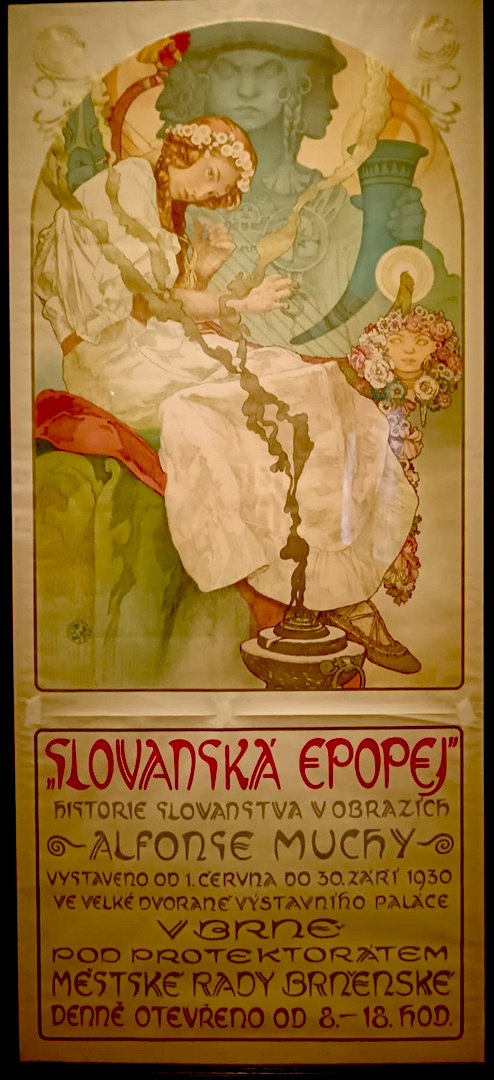 A Return to Roots: The Slavic Epic
A Return to Roots: The Slavic Epic
But the real surprise lies in the final section. The 1930 poster of the Slovanská Epopej presents a completely different Mucha—not the Belle Époque decorator, but a thinker using art to serve the Czech national identity. The piece advertised the exhibition of his monumental 20-canvas cycle depicting the history of Slavic peoples—his true masterpiece, often forgotten by the wider public.
Sections That Make a Difference
One of the most fascinating discoveries is Mucha’s work in photography, documented through black-and-white shots that reveal extraordinary artistic sensitivity. These were not just reference photos for his paintings, but real artistic compositions: theatrical portraits, group scenes, experiments with light and shadow that anticipate modern photographic languages.
An Immersive Experience That Captivates
The exhibition’s real triumph lies in its use of technology to make Mucha’s language contemporary.
The emotional high point comes in the room featuring early film footage. Videos of Prague and Paris at the turn of the 20th century provide historical context, while clips of the artist working in his studio offer an intimate glimpse into the man behind the myth.
Particularly appreciated by visitors is the display of objects: vintage paint boxes, preparatory sketches, and sculpted busts of the artist. These elements create an emotional bridge between viewer and artist, making the creative process tangible.
Technology Serving Art
Technology here is never gimmicky, but always functional to the appreciation of the work. Audioguides enrich the journey with historical insights that contextualize each section, while the museum shop offers a scholarly catalog published by Moebius and high-quality merchandise inspired by the exhibited works.
 Mucha Beyond the Stereotypes
Mucha Beyond the Stereotypes
The Palazzo dei Diamanti exhibition succeeds in portraying the complexity of Alphonse Mucha: not just a graphic artist and illustrator, but also a photographer, set designer, interior designer, jewelry creator—and above all, a political thinker who believed that “the beauty and inspiring power of art could foster humanity’s progress and peace.”
The exhibition traces without contradiction the evolution of Mucha from commercial designer to historical painter. The 150 works on display—including paintings, drawings, photographs, posters, and objects—tell the story of an artist who never separated high art from popular communication, anticipating design thinking concepts still relevant today.
Connections and Context
The collaboration with the Mucha Foundation ensures the authenticity of the works and the scholarly precision of the layout. Under the scientific coordination of Francesca Villanti, the exhibition also maintains a strong connection with Ferrara’s cultural traditions.
Why You Shouldn’t Miss This Show
The Alphonse Mucha exhibition at Palazzo dei Diamanti is a model of how to present a historical artist to a contemporary audience. The balance between scholarly rigor and emotional engagement, the intelligent use of technology, and the ability to reveal unseen aspects of a seemingly well-known master make this a must-see cultural event.
Open until July 20, 2025, it’s a unique opportunity to discover that behind those iconic women with floral hair lies an artistic and intellectual universe of extraordinary depth. And to understand why, more than a century later, the “Mucha style” continues to inspire designers, illustrators, and creatives around the world.
Commentary on the Exhibition:
“After the Darkness, the Light”
by Antonio Vaianella
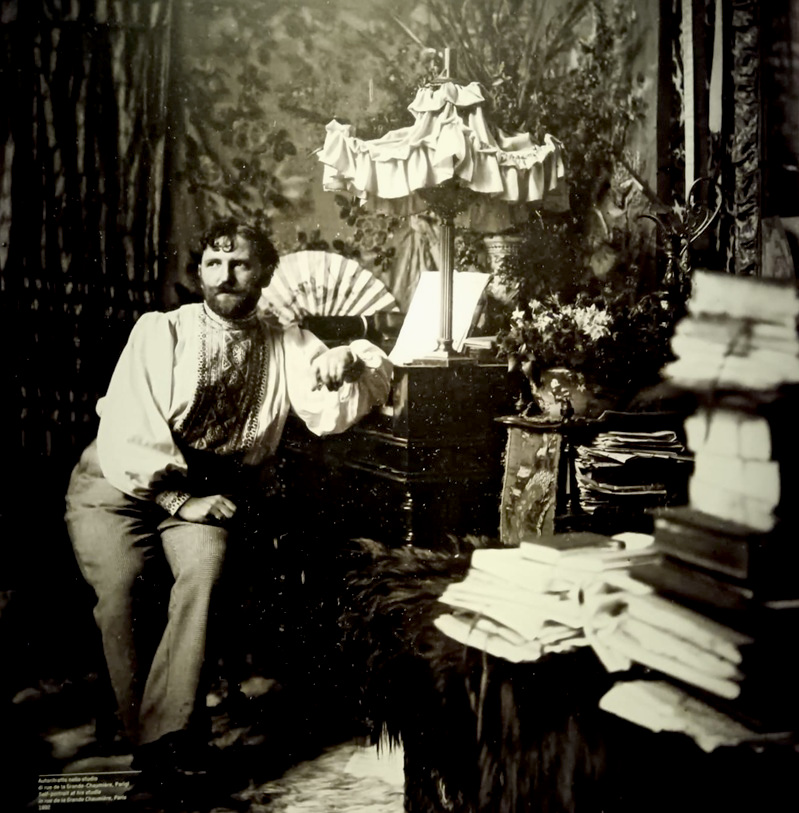 What more can I add? The article says everything that could possibly persuade anyone to visit Palazzo dei Diamanti and not just see—but truly savor—this magnificent exhibition, curated with meticulous attention to detail and capable of revealing the immense Alphonse Mucha, almost to the point of touching his poetic, revolutionary, and creative soul.
What more can I add? The article says everything that could possibly persuade anyone to visit Palazzo dei Diamanti and not just see—but truly savor—this magnificent exhibition, curated with meticulous attention to detail and capable of revealing the immense Alphonse Mucha, almost to the point of touching his poetic, revolutionary, and creative soul.
Upon arriving at Palazzo dei Diamanti, a place cherished by those of us who live in Ferrara, we asked ourselves: “What will we see and feel after the curtain?”
And the answer came: After the darkness, the light.
Each room gave us marvelous works. We discovered an unknown side of Mucha and felt the incredible energy of that magnificent period defined by the Art Nouveau movement.
Learning that the curator was Tomoko Sato didn’t surprise me—I had almost expected it. An internationally renowned art historian and curator, Sato stands out for her rigor, sensitivity, and deep knowledge of the intercultural influences that shaped modernist aesthetics. Every exhibition she designs becomes a narrative journey enriched by key historical connections. Among these is Mucha’s own fascination with Japanese art, a passion born through the mediation of painter Louis-Joseph-Raphaël Collin, a bridge between East and West.
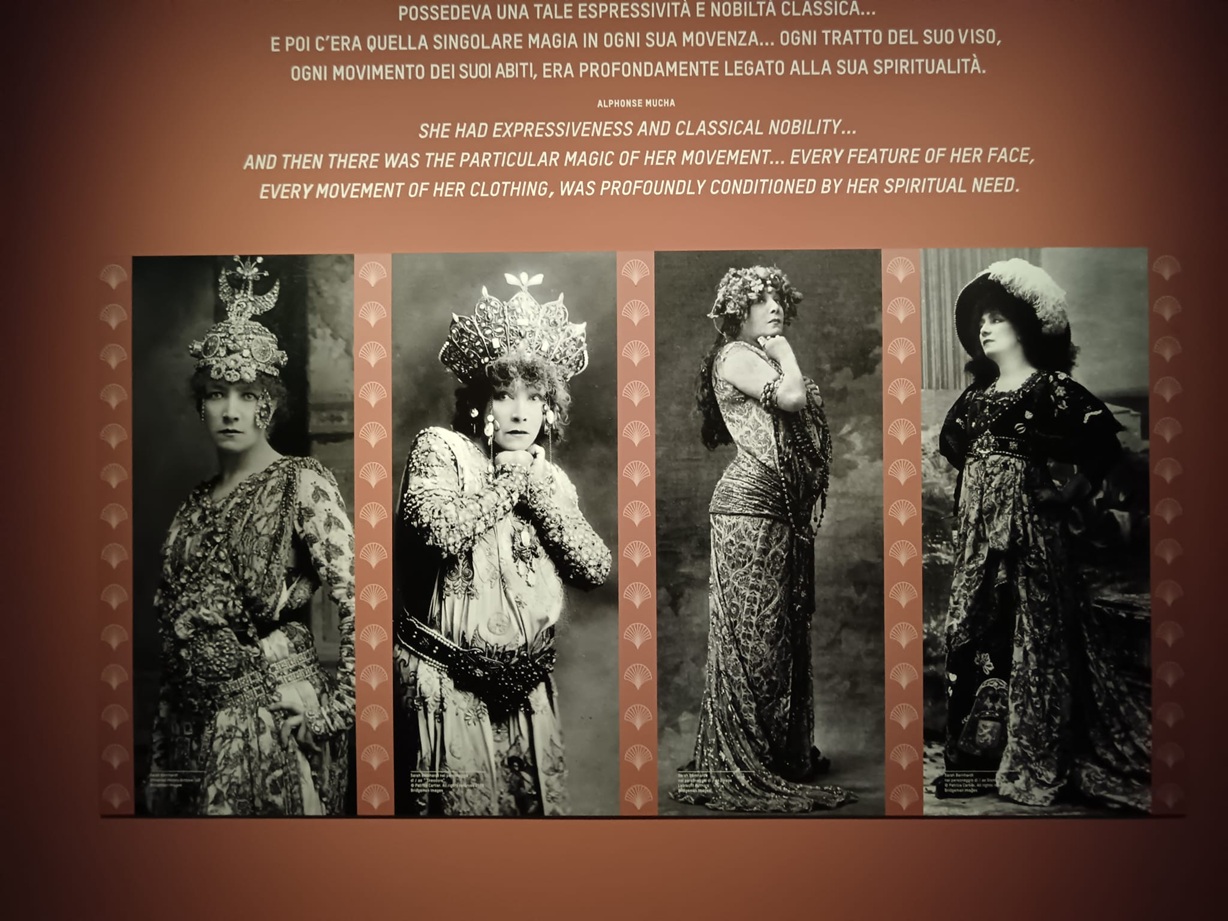
This exhibition, beautifully set within the splendid Palazzo dei Diamanti, shines for the quality of its works and the collaborative synergy of outstanding cultural institutions. It is organized by Arthemisia, the Ferrara Arte Foundation, and the Municipality of Ferrara’s Art Museums Service in collaboration with the Mucha Foundation, and curated by Tomoko Sato with scientific coordination by Francesca Villanti.
A special commendation goes to the Ferrara Arte Foundation and the Municipality of Ferrara, which continue to promote cultural events of international scope with competence and vision, reinforcing the city’s status as a European artistic hub.
Scientific coordination by Francesca Villanti—art historian and curator of major retrospectives on Van Gogh, Ligabue, and Mucha himself—has ensured a curatorial framework that is solid, engaging, and rich in critical grace.
In conclusion, I recommend this exhibition wholeheartedly: it’s a chance to immerse yourself in Art Nouveau through one of its greatest interpreters—and, for those coming from outside the city, also to discover Ferrara, one of the capitals of the Renaissance.
Information and Tips
How to Plan Your Visit
Recommended duration: At least 2 hours to fully enjoy all 11 rooms
Audioguide: Strongly recommended for historical context and in-depth insights
Best time to visit: Mornings on weekdays to avoid weekend crowds
Bonus: With your ticket, you can also visit the dossier exhibition on Giovanni Boldini in the Tisi Wing
Info:
Palazzo dei Diamanti
Corso Ercole I d’Este 21, Ferrara
Phone: +39 0532 244949
Website: palazzodiamanti.it
Email: diamanti@comune.fe.it


